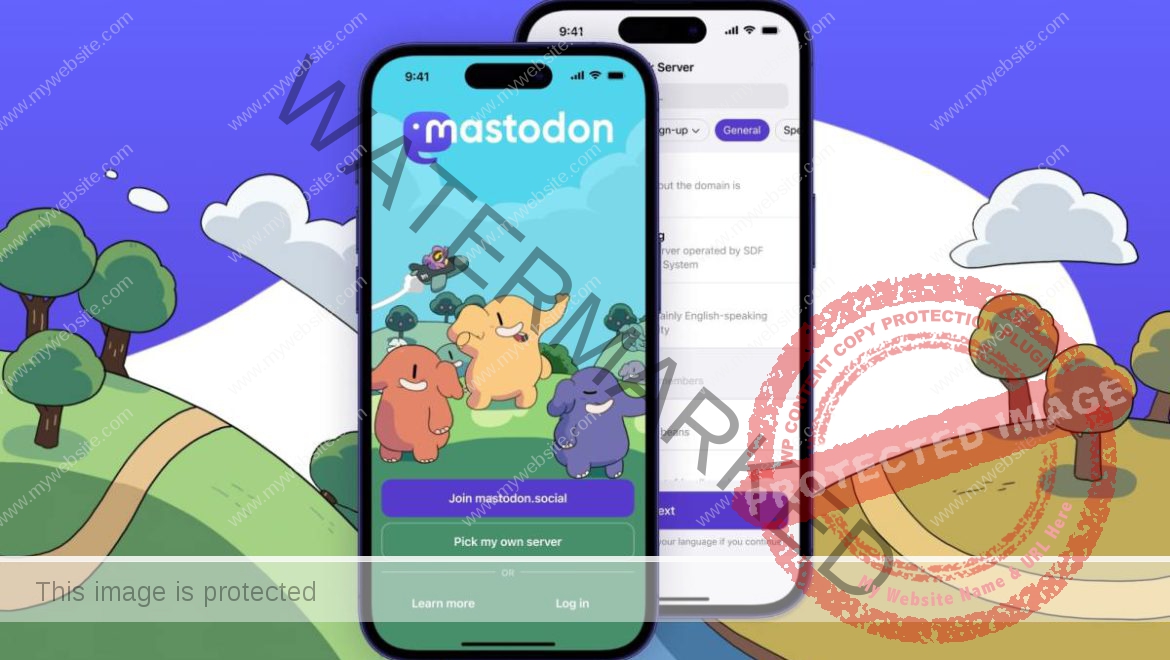Snapchat's 'My AI' chatbot can now set in-app reminders and countdowns | TechCrunch
Snapchat is launching the ability for users to set in-app reminders with the help of its My AI chatbot, the company announced on Wednesday. The social network is also rolling out editable chats, AI-powered custom Bitmoji looks, map reactions, emoji reactions, and more.
With the new AI reminders feature, Snapchat is hoping users will use its app instead of their device’s default clock app when setting countdowns or reminders. Users can do so by asking the app’s My AI chatbot to set a reminder for a specific task or event directly in the AI’s chat window or when chatting with a friend.
The feature lets users do things like set a reminder to finish an assignment or set a countdown for an upcoming date night, for example. It also pushes Snapchat into productivity app territory, potentially driving increased usage.
Image Credits: Snapchat
As for the editable chats, users will soon be able to edit their messages for up to five minutes after sending them. The feature will be available first for Snapchat+ subscribers before rolling out to all users at some point in the future, the company says.
In addition, users will soon be able to design their own digital garments for their Bitmoji using generative AI.
For instance, you can customize a pattern for a sweater for your Bitmoji by typing out a prompt like “vibrant graffiti” or “skull flower.” The app will then generate a pattern that you can further customize by zooming in or out. Once you’re happy with a look, you can apply it to your Bitmoji or save it for future use.
Image Credits: Snapchat
In another update, users who have opted in to share their location with friends can now quickly react to their map locations. For instance, if you pass your friend on your morning commute, you can send them a wave. Or, if you see that your friend has made it home safely after hanging out, you can send them a heart.
Snapchat is also launching emoji reactions in chats. Although users have been able to react to messages with their Bitmoji to quickly respond to a chat, they can now do so with an emoji. Emoji reactions have become popular on many other platforms, like Instagram and Messenger, so it makes sense for Snapchat to roll out the functionality as well.
The launch of the new features comes a few days after Snap reported that it had 422 million daily active users in Q1 2024, an increase of 39 million, or 10% year-over-year. The company also saw the number of Snapchat+ subscribers more than triple year-over-year, surpassing 9 million subscribers.

















